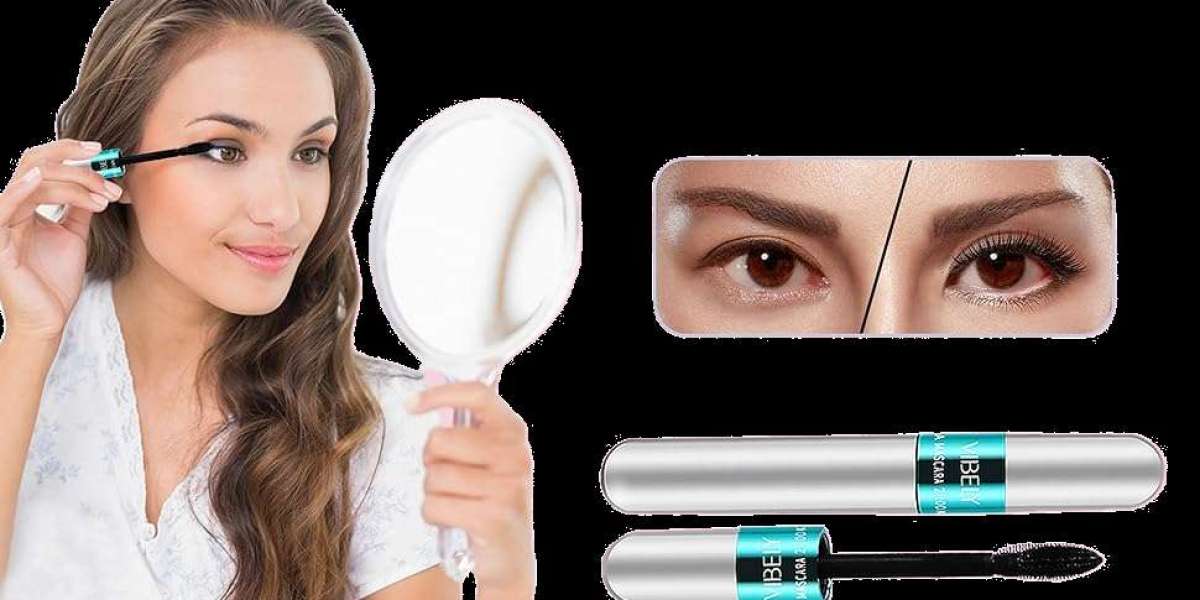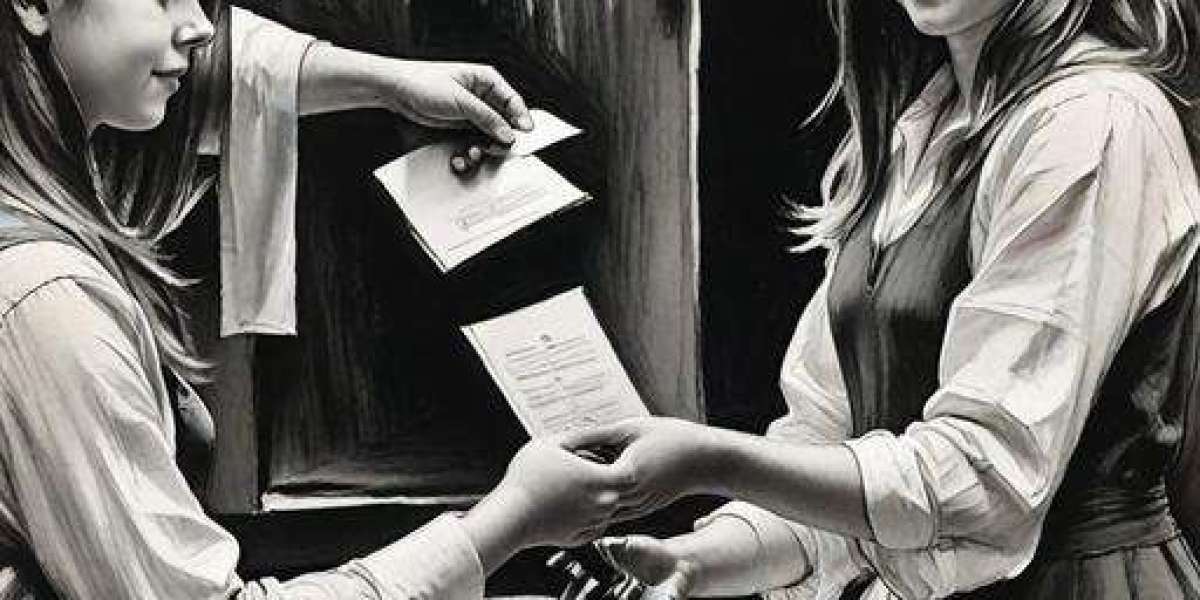Creating painted figures is an art form that combines creativity, precision, and a deep understanding of materials. Whether you are a seasoned artist or a beginner, mastering the techniques of detailing can elevate your work to new heights. This article delves into the essential methods and tips for achieving realistic painted figures that capture the essence of your favorite characters.
Understanding the Basics of Painted Figures
Before diving into the intricate techniques, it is crucial to understand the foundational elements of painted figures. These figures often represent characters from anime, games, or original designs. The choice of materials, such as resin or plastic, significantly impacts the final outcome. Have you ever considered how the texture of the surface can affect paint adhesion? A smooth surface may require different preparation than a textured one.
Preparation: The First Step in Detailing
Preparation is key when working on painted figures. Here are some essential steps:
- Clean the figure thoroughly to remove any dust or oils.
- Sand the surface lightly to create a better grip for the paint.
- Apply a primer to ensure even paint application.
By following these steps, you lay a solid foundation for the detailing process. Remember, a well-prepared figure will yield better results in the long run.
Techniques for Realistic Detailing
Once your figure is prepared, the next phase involves applying various techniques to achieve realism. Here are some popular methods:
- Layering: Build up colors gradually to create depth.
- Dry Brushing: Use a dry brush to highlight raised areas, enhancing texture.
- Washing: Apply a diluted paint wash to accentuate crevices and shadows.
These techniques can transform a simple figure into a stunning piece of art. Have you experimented with these methods before? Each technique offers unique results, so don’t hesitate to try them out.
Choosing the Right Paints
The choice of paint is vital in the creation of painted figures. Acrylic paints are popular due to their versatility and ease of use. However, oil paints can provide a richer finish if you have the patience to work with them. Consider the following factors when selecting your paints:
- Color vibrancy and opacity
- Drying time and ease of blending
- Compatibility with your chosen materials
Understanding these aspects will help you make informed decisions that enhance your detailing efforts.
Final Touches and Displaying Your Painted Figures
After completing the painting process, it is essential to apply a protective sealant. This step not only preserves your work but also adds a professional finish. Would you like to showcase your painted figures? Consider investing in display cases that protect your art while allowing it to shine.
In conclusion, the art of detailing painted figures requires practice, patience, and a willingness to learn. By mastering the techniques discussed, you can create stunning representations that resonate with viewers. For more resources and inspiration, visit  . Happy painting!
. Happy painting!








